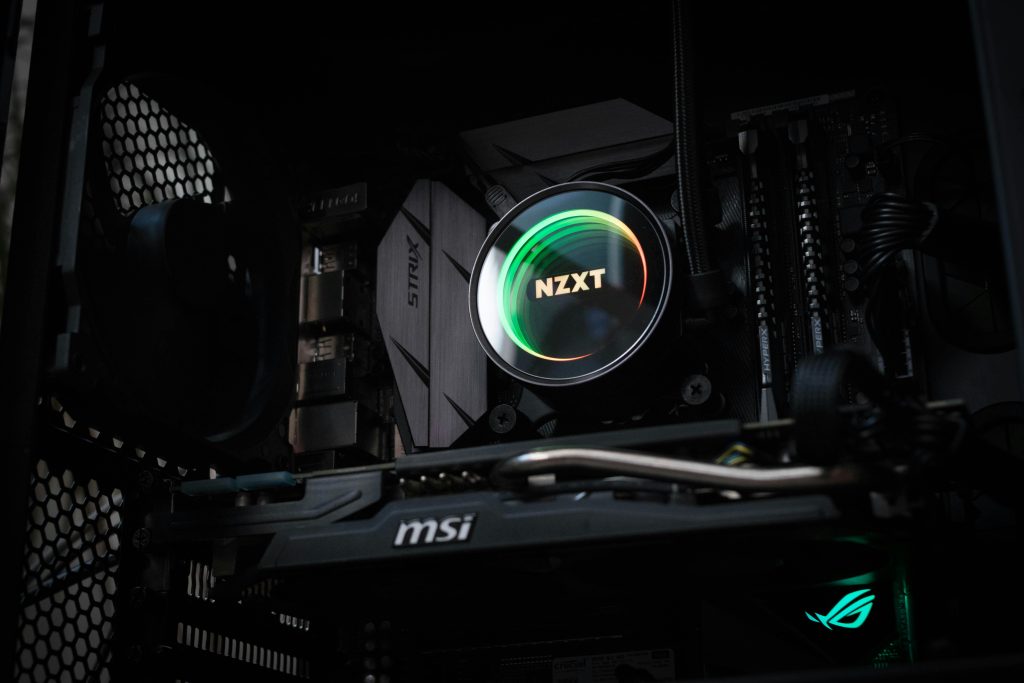Reevaluating Display Settings: Forcing Windows 11 to Recognize a Non-HDR Display
In the realm of modern digital displays, High Dynamic Range (HDR) has become a sought-after feature, promising richer colors and enhanced contrast. However, not all HDR implementations deliver a satisfactory experience, and some users may prefer to disable this feature altogether. If you own an HDR-compatible monitor that does not perform well in HDR mode, you might wonder whether it’s possible to compel Windows 11 to recognize your display as non-HDR, effectively disabling the feature without simply toggling it off.
Understanding HDR Compatibility
Many monitors are marketed as HDR-capable, but the actual performance and implementation can vary widely. Windows 11 automatically detects HDR support based on monitor capabilities and system settings. When enabled, Windows attempts to deliver HDR content seamlessly, but if the quality is subpar or causes issues, disabling HDR might be desirable.
The Limitations of Manual Disabling
Disabling HDR in Windows settings is straightforward—this can be achieved through the Display Settings or the Windows Action Center. However, in cases where these adjustments don’t yield satisfactory results or when you want to ensure Windows treats your monitor as non-HDR at a system level, more advanced steps may be necessary.
Forcing Windows 11 to Recognize a Non-HDR Display
While there is no official “force” toggle within Windows 11 to override the monitor’s perceived capabilities, users can explore certain workaround methods:
- Modify Display Driver Settings:
- Access Device Manager.
- Locate your display adapter under Display adapters.
- Right-click and select Properties.
-
Navigate to the Driver tab and consider rolling back or updating drivers to versions that may have different detection profiles.
-
Use Registry Editor to Influence Detection:
Some advanced users have experimented with editing the Windows Registry to alter hardware profiles and display detection parameters. Caution: This approach involves risk; incorrect changes can cause system instability. -
Open Registry Editor (
regedit). - Navigate to keys related to display configurations, such as:
HKEY_LOCAL_MACHINE\SYSTEM\CurrentControlSet\Control\GraphicsDrivers - Look for entries related to display detection and attempt to modify or add parameters that disable HDR recognition.
Note: Specific registry keys for forcing display recognition are not well-documented and vary between systems.
3
Share this content:



